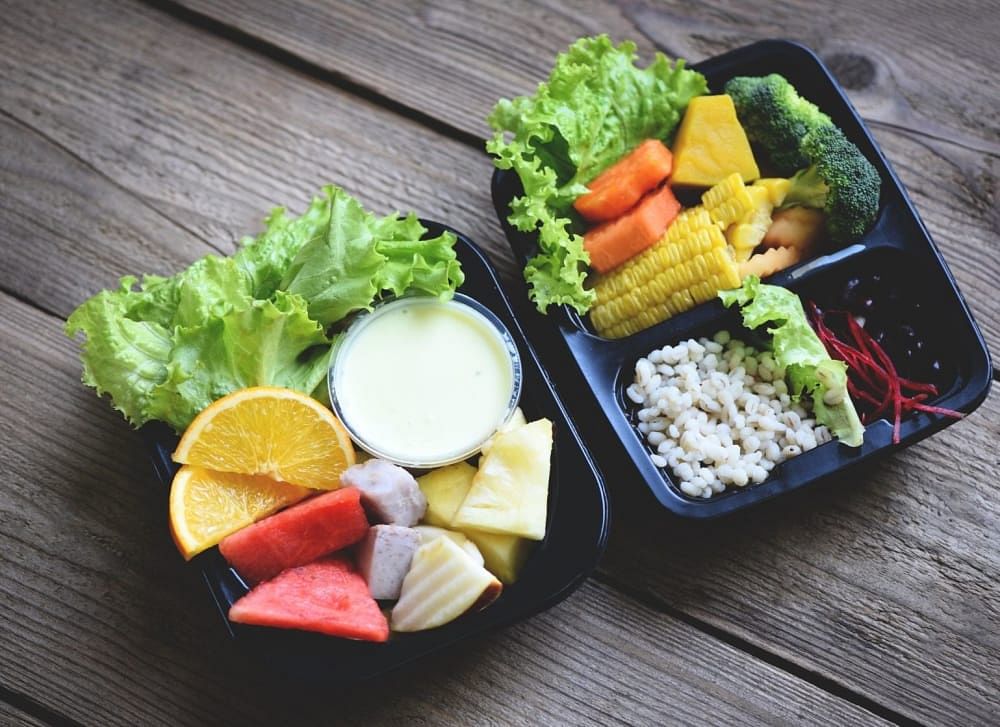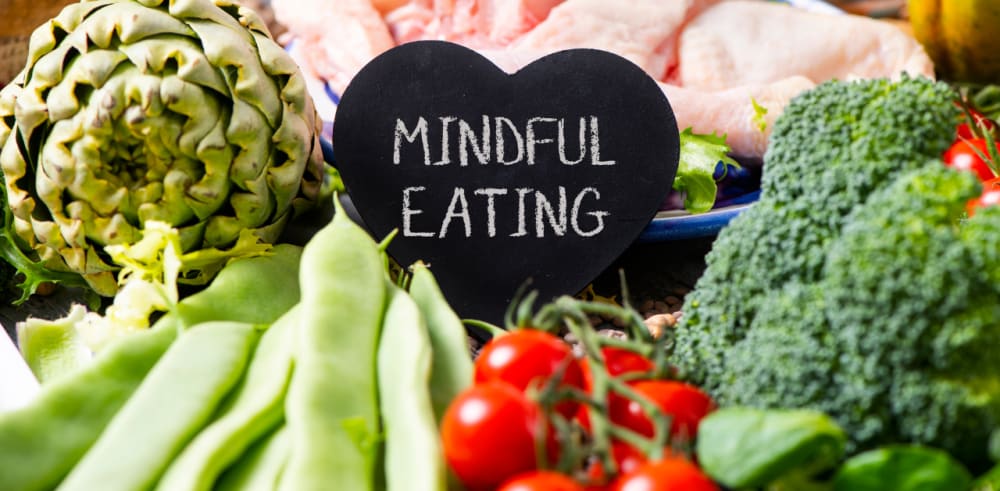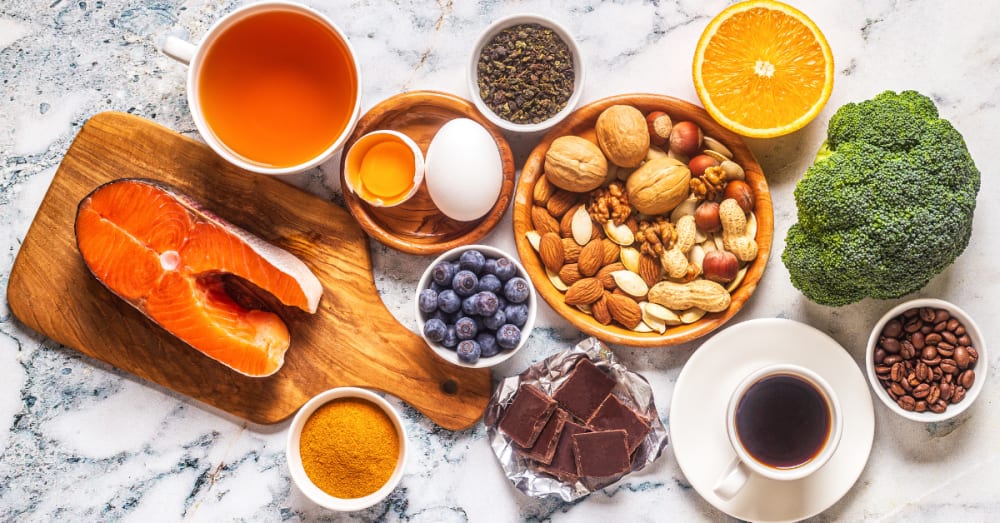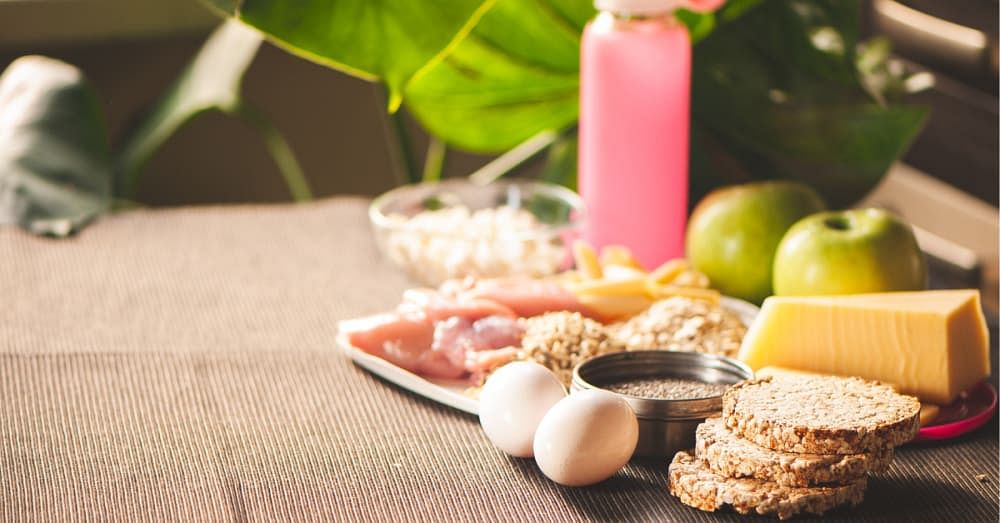Roughage, commonly referred to as fiber, has long been recommended by health experts to improve digestive health.
Roughage is the portion of plant foods your body cannot digest, such as whole grains, nuts, seeds, legumes, fruits, and vegetables.
Despite this, it is a vital source of nutrition for the beneficial bacteria in your gut. It may also help you lose weight and reduce your risk of heart disease.
This article explains roughage, reviews its benefits, and outlines foods that are rich in roughage.
What is Roughage?
Roughage, also known as fiber, is the carb content of plants that cannot be digested by the human body. They are either broken down by gut bacteria in the intestines or leave the body via stool.
Types of Roughages
Roughage is mainly divided into the following two categories:
1) Soluble:
These absorb water to form a gel-like substance in the intestine and thus, are easily broken by gut bacteria. Oats and seeds are rich in soluble fiber.
2) Insoluble:
They don't absorb water and hence can't be broken easily. Their role is to add bulk to the stool. Insoluble fiber is found in abundance in fruits and vegetables.
Benefits of Roughage
Here are some functions of roughage that benefits the human body:
1) Maintains a Healthy Digestive System:
Roughage adds bulk to the stool and makes it easier to pass. Hence they help in maintaining a normal bowel movement. Their regular consumption will help in preventing and relieving constipation as well as diarrhea. Other digestive medical conditions like intestine inflammation or diverticulitis, gallstones, irritable bowel syndrome, kidney stones and hemorrhoids can also be prevented by eating the required amount of fiber. They also reduce the risk of gastroesophageal reflux disorder, gastric acid, and stomach ulcers.
2) Manages Diabetes:
Roughage helps in both managing and reducing the risk of diabetes. Insoluble fiber-rich diets from cereals prevent type 2 diabetes in healthy people. On the other hand, soluble fiber regulates blood sugar levels and decreases sugar absorption by the blood in a diabetic person.
3) Reduces Risk of Cancer:
Some studies suggest that fiber could help in reducing the risk of colorectal cancer (rectum or colon cancer). A fiber-rich diet can also aid in preventing cancer in other parts of the body associated with the digestive system like the mouth, stomach and pharynx. However, more research needs to be conducted in this area for more conclusive evidence.
4) Protects Skin:
Fungus or yeast removed via skin could cause damage like acne and pimple outbreaks. Psyllium husk, a plant seed rich in fibre, helps in the excretion of such toxic pathogens out of the body. Thus, its consumption restores healthy and smooth skin.
- Improves heart health: High soluble fiber diet reduces bad cholesterol levels, inflammation, blood pressure, and excess weight in the area of the abdomen. It also increases the good cholesterol level. This helps in maintaining a healthy heart by preventing metabolic syndrome, coronary heart diseases, stroke, and diabetes.
- Aids with weight loss: Insoluble fiber adds bulk to your food. Thus you feel satiated sooner and for a longer period of time. It regulates the fat-burning ability of the body and prevents insulin spikes by maintaining blood sugar levels, so you don't feel exhausted or crave unhealthy food. Fiber-rich food has more bulk and fewer calories which helps in cutting down the calorie count. Also, fiber increases the rate at which food moves through the digestive system that reduces its absorption rate. All of these help in reducing weight.
Roughage Food List
Most of the plant-based food items contain some amount of fiber. Here are a few foods rich in roughage:
1) Vegetables:
Dark-coloured, green and leafy vegetables are a rich source of roughage. For example, cucumber, zucchini, sweet potato, broccoli, collard green, swiss chard, artichokes, etc.
2) Fruits:
Soluble fiber is found in abundance in citrus fruits like lemon and orange. Fruits with edible peel are also a rich source of fibre. Some examples include dragon fruit, avocado, strawberry, pomegranate, guavas, and raspberries.
3) Whole Grains:
Oatmeal, oat bran, brown rice, granola, quinoa, and whole-grain wheat are some whole grains with a high amount of roughage.
4) Legumes:
Few examples of leguminous plants having high fiber content are lima beans, lentils, kidney beans,and black beans.
5) Nuts:
They are a rich source of fiber as well as calories, and hence they help in weight loss. Some examples are walnuts, almonds, and peanuts.
Here are a few food items along with their fiber content:
- Chia seeds: 10 grams per 28-gram
- Lentils: 8 grams per 96-gram
- Black beans: 8 grams per 86-gram
- Lima beans: 7 grams per 92-gram
- Chickpeas: 7 grams per 82-gram
- Wheat bran: 6 grams per 15-gram
- Kidney beans: 6 grams per 125-gram
- Flax seeds: 6 grams per 22-gram
- Pears: 6 grams per 178-gram
- Avocado: 5 grams per 68 gram
- Oats: 4 grams per 40-gram
- Apples: 4 grams per 182-gram
- Raspberries: 4 grams per 62-gram
- Quinoa: 3 grams per 93-gram
- Almonds: 3 grams per 28-gram
- Green beans: 3 grams 100-gram
- Corn: 3 grams per 143 gram
What Is the Role of Roughages in the Alimentary Tract?
Although roughage does not provide any nutrition to the body, they help with the digestion of food in the following ways:
- Maintains the normal passage of food through the entire alimentary canal, i.e., from mouth to anus.
- Regulates bowel movement and thus reduces the risk of constipation and diarrhea.
- Helps in retaining water to the body.
What Is the Importance of Roughage in Our Diet?
Roughage adds bulkiness to the meal and gives you the feeling of fullness for a longer duration. This helps in losing weight and maintains body metabolism. Fiber consumption also regulates heart health and prevents the risk of several diseases like diabetes, heart attack, cancer, etc.
Summing Up on Roughage
Fibre, or roughage, has long been recommended for digestive issues, like constipation, but it also has a variety of other functions in the body.
Typical roughage in plant foods, for example, promotes gut health, helps with weight management, and may even reduce the risk of heart disease.
Unfortunately, most people do not consume enough of this important nutrient.
The good news is that food high in roughage is easy to add to your diet. Eating more whole grains, legumes, fruits, vegetables, nuts, and seeds is a simple and delicious way to increase your fibre intake and improve your health.
FAQs
1) What Is Roughage Made of?
In simple terms, roughage is a fibrous, indigestible component part of plant foods. These include legumes, vegetables, whole grains, etc. Roughage is beneficial for the bacteria present in your gut. Other fibre foods include apples, pear, grapes, cereals, green leafy vegetables, and other roughage foods are examples of roughage foods. Roughages serve the following purposes: They aid in the passage of food through the alimentary canal as well as proper bowel movement, preventing constipation and removing undigested food.
2) What Is Roughage and Water?
A diet that contains the right amount of nutrients, roughage and water are called a balanced diet. They do not provide nutrients but add bulk to our food and are essential to our body as they aid in digestion.
References
- Julia M W Wong, David J A Jenkins, November 2007; Carbohydrate digestibility and metabolic effects - https://pubmed.ncbi.nlm.nih.gov/17951499/
- Fan-Jhen Dai, Chi-Fai Chau, January 2017; Classification and regulatory perspectives of dietary fiber - https://pubmed.ncbi.nlm.nih.gov/28911542/
- James M Lattimer , December 2010; Effects of dietary fiber and its components on metabolic health - https://pubmed.ncbi.nlm.nih.gov/28911542/












